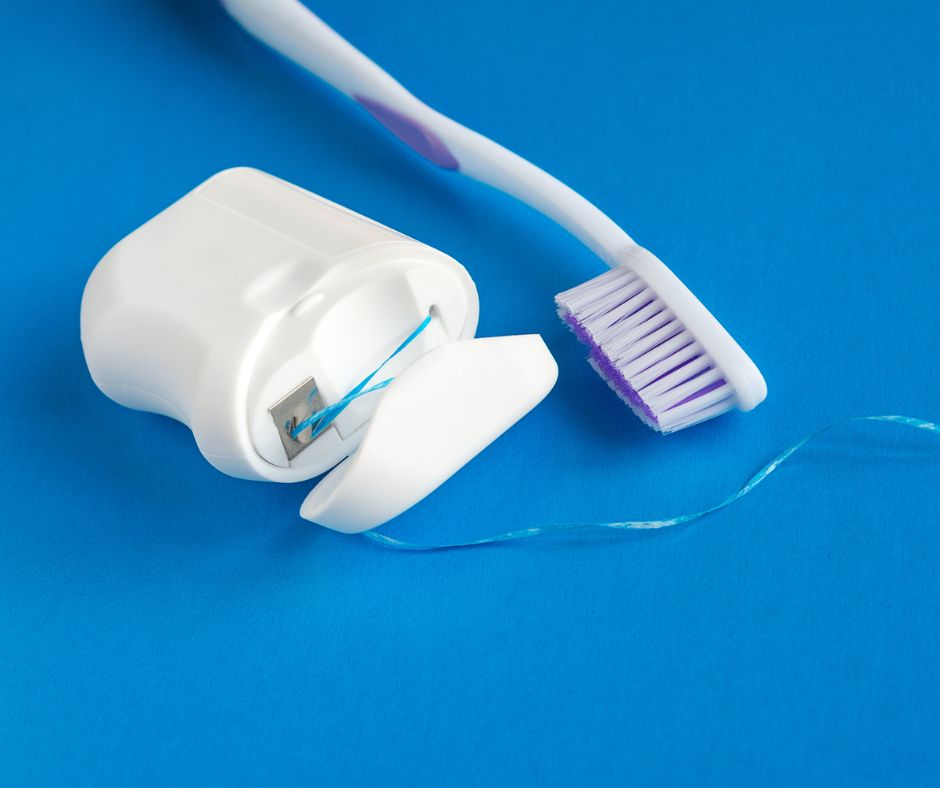Floss or Brush First? What Is Best?

When you floss or brush your teeth, you don’t think twice about the order in which you do it.
It’s best to floss before brushing your teeth rather than after. “Not only does it help dislodge food wedged between your teeth, but it also helps to reduce bad breath and gum disease by removing any plaque that forms along the gum line. You should be flossing with eight to 10 strokes between each tooth,”. The best tip for proper flossing and brushing is consistency, Dr. Becker explains. Floss at least once daily and brush twice. An added fluoride rinse keeps enamel strong and healthy and helps prevent cavities.
Brush and floss twice a day
One of the most common brushing mistakes is not using the right toothbrush, so it’s best to choose softer. This is because too much pressure or overzealous brushing can easily damage your gums. Electric toothbrushes with angled bristles are best, they tend to come with softer heads as the vibrations and rotations add extra pressure to your teeth, which removes the need for firm bristles. You might think applying extra pressure will clean your teeth better, but brushing too hard can wear out your enamel and gums, leading to tooth sensitivity and even tooth loss. Plaque is soft and loose, so try to ‘massage’ it rather than ‘scrub,’ More often than not, we focus our efforts on the parts of the mouth we can see in the hope of achieving a fresh, white smile. But the most important areas to brush are the back of the teeth, along your gum line and between the teeth. Try to brush your teeth at a 45-degree angle and focus on the molars for at least 30 seconds.